I just want to make a really basic android app - I'm wanting to rewrite this app: https://play.google.com/store/apps/details?id=com.backyardapps.canadianincometaxcalculator
I wrote the app, originally, in Eclipse, under SDK 9. I now want to rewrite the app, with a few updated features but still want to keep to the same simplicity in design and functionality.
My challenge is that Android Studio keeps compiling with a higher SDK than what I want, so I get the Title bar showing up (with the settings menu button) across the top on my Lollipop device. I tried changing my build.gradle Module file to a minimum and target SDK of 10, but when I do that, all of the XML relating to themes produces errors (about 189 in total).
How can I setup my Android Studio so that it uses SDK 10 as the default sdk, so I can support the maximum number of devices, and have the most consistent user experience across devices/generations? (or CAN I even do so?)
Thanks in advance, guys!
